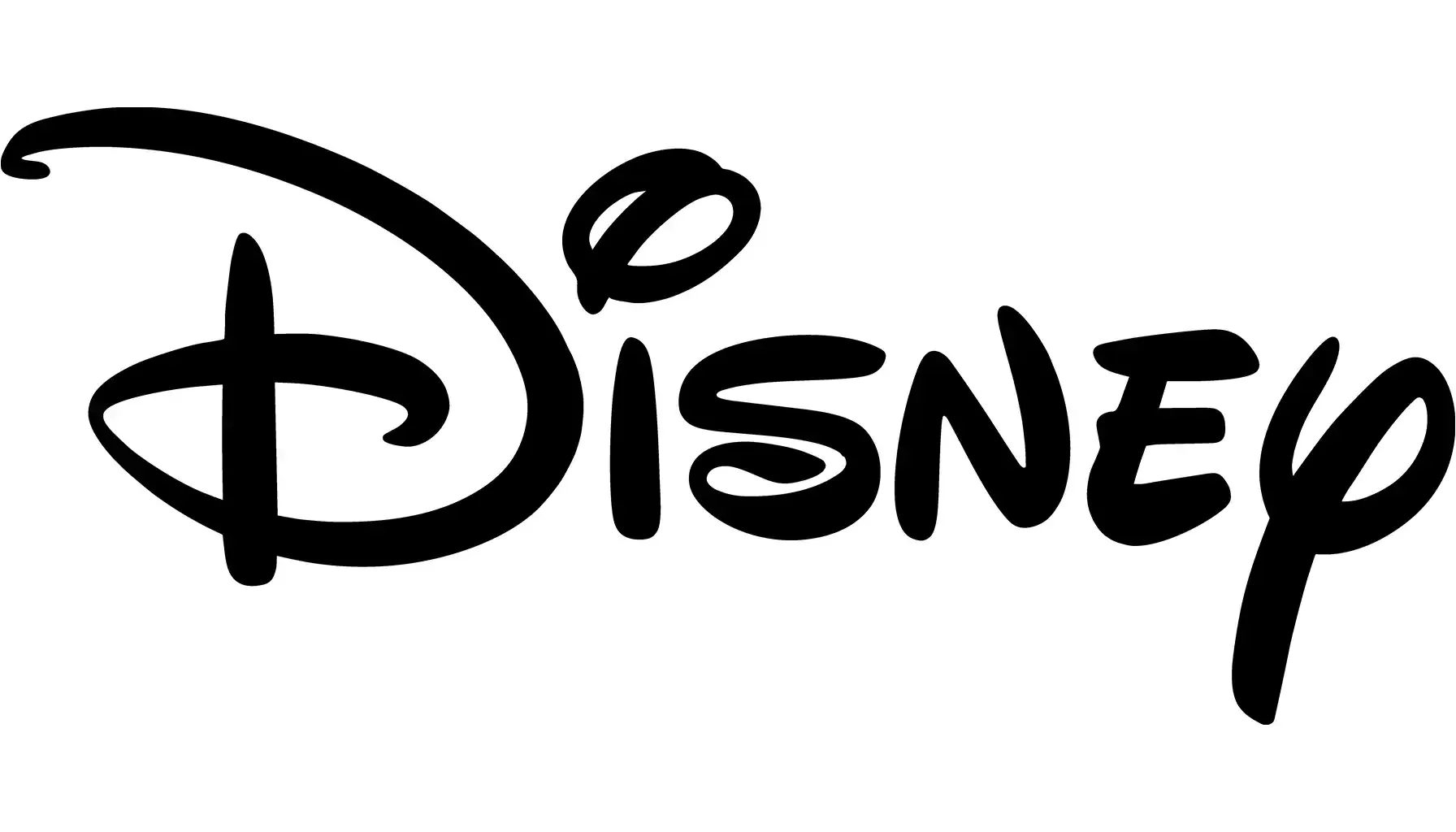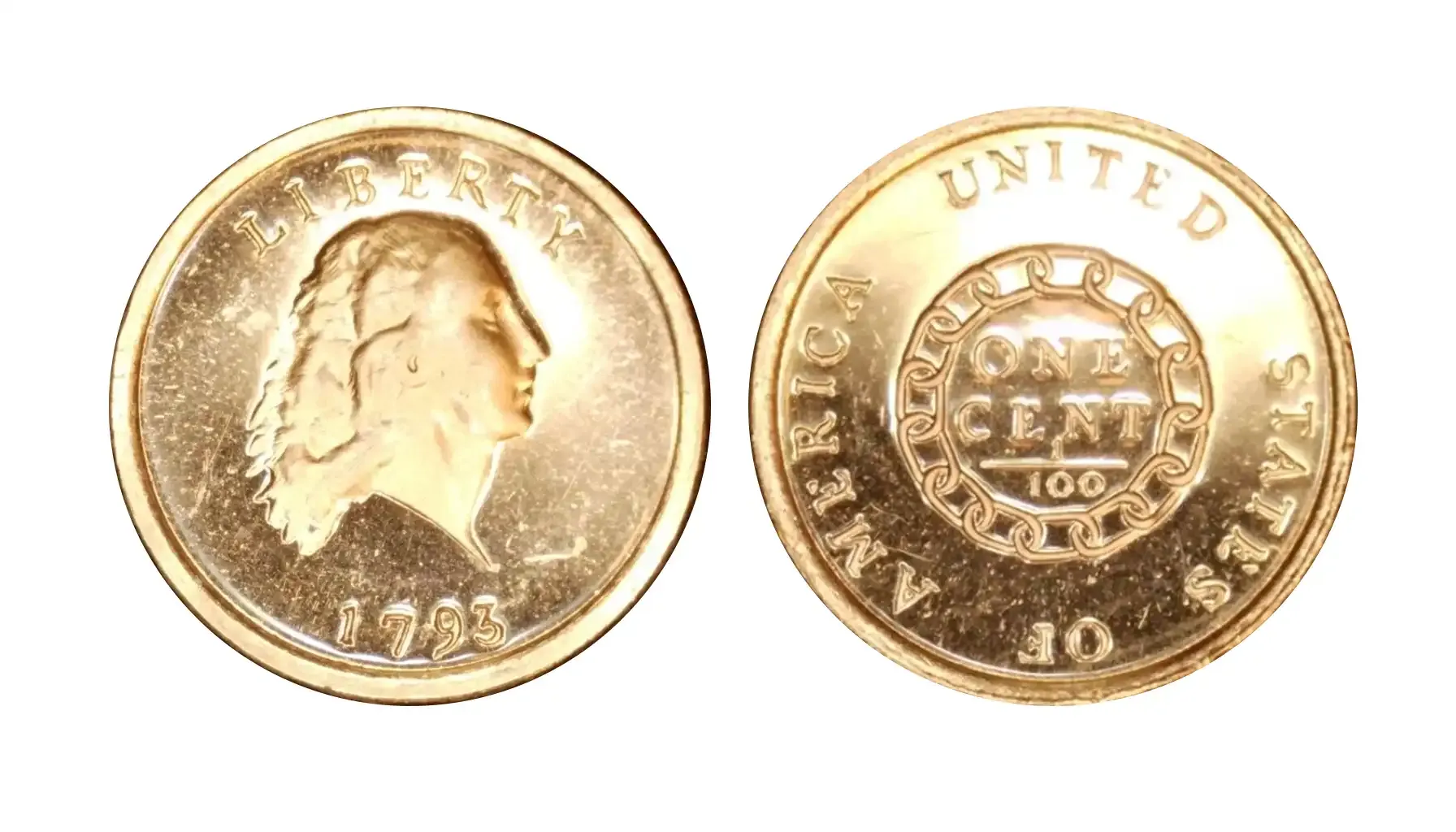What if I told you that a nickel from 1938 could be worth far more than just five cents? Imagine the stories it could tell—the hands it’s passed through, the moments it’s witnessed. But why is the 1938 Jefferson nickel value turning heads in the world of coin collectors today? Is it the rarity? The condition? Or is there something more behind this unassuming coin that makes it truly special?
Why Does the 1938 Jefferson Nickel Matter?
Ever wonder why some coins become collectibles while others remain, well, just pocket change? The 1938 Jefferson nickel marked a turning point in U.S. coin design, replacing the beloved Buffalo nickel with a tribute to founding father Thomas Jefferson. On the reverse, you’ll see Monticello, Jefferson’s historic estate. But this wasn't just about design. In 1938, the U.S. was bouncing back from the Great Depression, and these nickels became symbols of American resilience.
But what about this coin makes collectors dig through their coin jars in excitement? Is it simply because it’s old, or is it because of something much rarer?
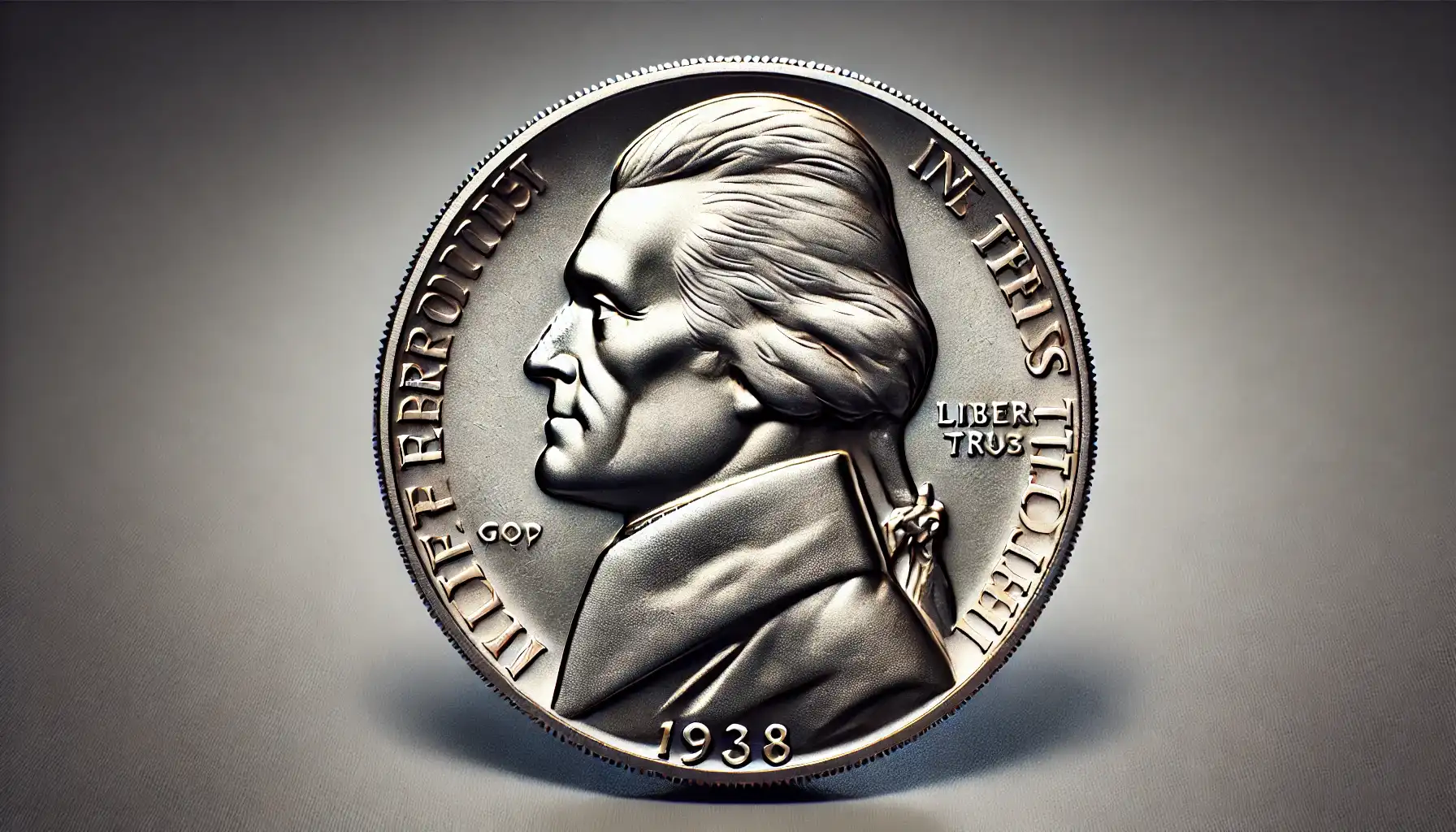
The Key Factors Influence the Value of 1938 Jefferson Nickel
Not every old coin is valuable, but the 1938 nickel value is determined by a few specific factors that set it apart. So, what exactly should you look for if you come across one of these coins?
Mint Mark:
The 1938 Jefferson nickel was minted in Philadelphia (no mint mark), Denver (marked "D"), and San Francisco (marked "S"). But here’s the twist: the mint location drastically impacts the value.
Rarity of Mintage:
Philadelphia Mint: 19.5 million coins produced. Common, but still valuable.
Denver Mint: Only 5.3 million coins. Much rarer, which means the 1938 D Jefferson nickel value is significantly higher.
San Francisco Mint: Even rarer, with just 4.1 million coins, which has collectors chasing after the 1938 S nickel.
Condition:
Coins in pristine condition, including those we’re discussing or other ones like 1970 Kennedy half dollars,—uncirculated or proof—are where the big bucks lie. Is your nickel shining like the day it was minted, or is it showing its age with wear and tear?
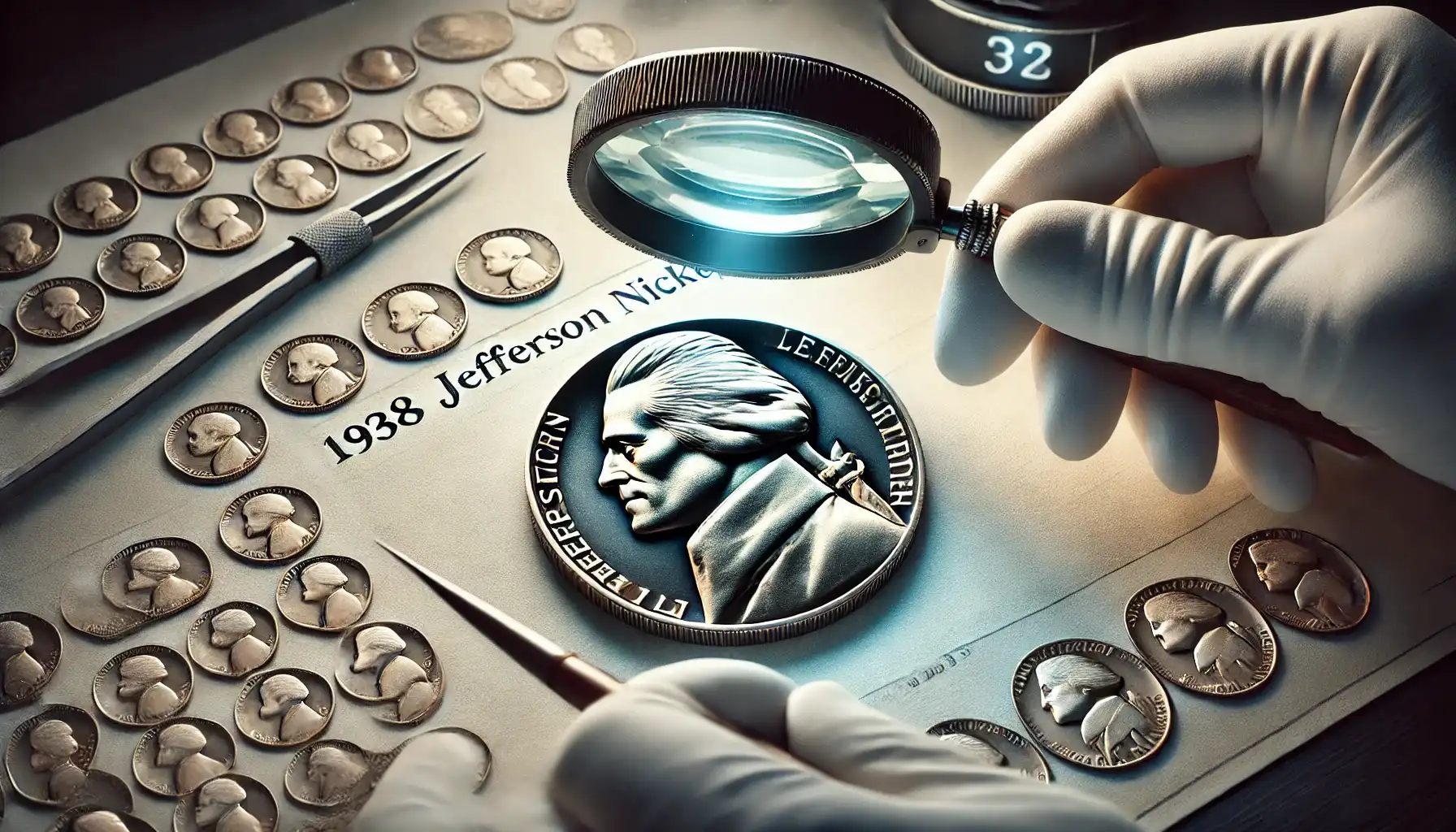
Does Condition Really Drive Value?
Think about it: could a coin that has passed through countless hands still retain its value? The answer is yes, but only to a point. The condition of your 1938 nickle can mean the difference between a simple collector's item and a high-value piece. Even a coin with slight wear can hold value, especially if it's from the Denver or San Francisco mint.
Coins are graded on a scale, and here’s what you need to know:
Good (G-4): Heavy wear, but the important details are still there.
Fine (F-12): Moderate wear, and Jefferson’s face is more defined.
Very Fine (VF-20): Minor wear on high points, but the details are clear.
Extra Fine (EF-40): Slight wear, sharp features.
Mint State (MS-60 and above): Almost perfect, no wear. This is where the money is!
Here is a table with grading and estimate 1938 Jefferson nickel worth (Philadelphia Mint):
Grade | Description | Estimated Value |
Good (G-4) | Heavy wear, outline of Jefferson is visible. | $0.23 |
Fine (F-12) | Moderate wear, some details visible. | $0.46 |
Very Fine (VF) | Light wear, all key features visible. | $0.69 |
Extra Fine (EF) | Slight wear, sharp details. | $1.16 |
Mint State (MS) | No wear, perfect condition. | $5.84 - $18 |
What’s the Real Value of a 1938 Jefferson Nickel?
So, you’ve found an old nickel. How do you know if you’ve struck gold (or, well, nickel)? The value of a 1938 Jefferson nickel depends on a mix of factors: mint mark, condition, and whether it’s circulated or a proof coin. The rare 1938 D and 1938 S Jefferson nickel values make them especially desirable to collectors.
Check the value breakdown of 1938 Jefferson nickels below!
Coin Type | Grade/Condition | Estimated Value |
Philadelphia | Circulated | $1 - $3 |
Philadelphia | Uncirculated | $20 - $40 |
Philadelphia | Proof | $150 - $200 |
Denver (1938 D) | Circulated | $5 - $15 |
Denver (1938 D) | Uncirculated | $50 - $100 |
San Francisco (1938 S) | Circulated | $7 - $20 |
San Francisco (1938 S) | Uncirculated | $60 - $120 |
Disclaimer: The prices indicated in the article may differ from the actual ones due to various factors, such as the date of publication, conditions of the numismatics market, etc. Check out current prices according to the latest sellings of these coins at Rochester Coin Shows or other auctions.
Jefferson Nickels from 1938 to 1961: Are They Really Worth Collecting?
Building a Jefferson nickel collection from 1938 to 1961 can be compared with a timeline of American history in your hands. While the Jefferson nickel collection 1938 to 1961 value can vary, the key dates and mint marks make it really interesting and desirable for collectors. The more rare coins, like the 1938 S nickel and 1938 D Jefferson nickel, often elevate the value of entire collections.
The Jefferson nickels 1938 to 1961 value is connected with a special place in American coinage. Some key years, especially from Denver and San Francisco, can be those pieces that will make you rich and satisfied.
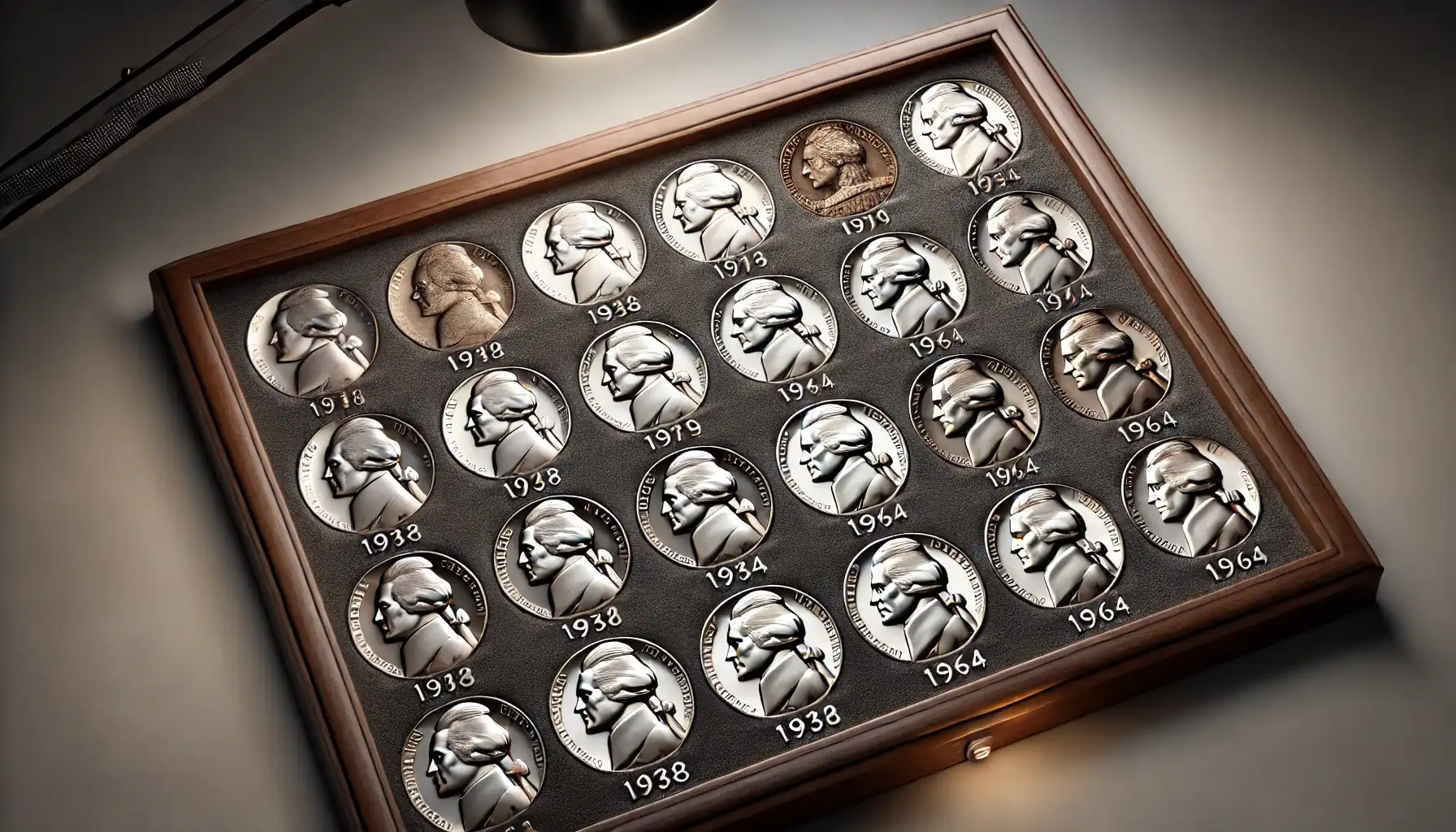
So, Should You Hold Onto Your 1938 Nickel?
Here’s the big question: Should you hold onto that 1938 Jefferson nickel or cash in? If it’s in good condition, particularly from the Denver or San Francisco mint, it’s definitely worth considering as an investment. After all, these coins have only increased in value as more collectors recognize their historical significance and rarity.
And let’s not forget the Jefferson nickels 1938 to 1964 set value for collectors who are looking to complete sets. Your 1938 nickel might just be the missing piece they’re willing to pay top dollar for.
In the end, the 1938 Jefferson nickel is more than just a piece of metal, especially 1938S nickel value will pleasantly surprise you (upload its photo in a foreign coin identification app and see its numismatic details). It’s a connection to America’s past—a small token of resilience from a great moment in history. Your 1938 nickel could be worth far more than its face value. Only time—and a little research—will tell.

